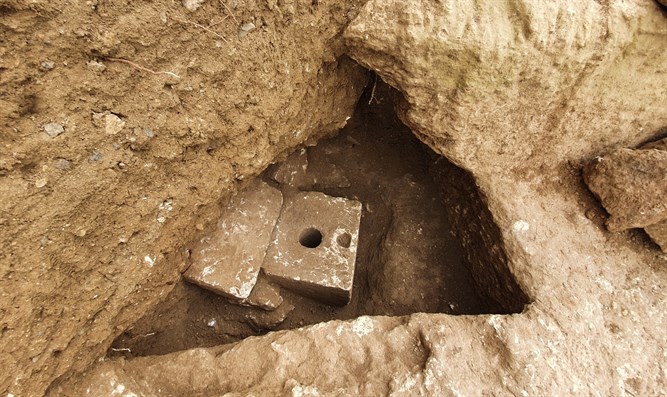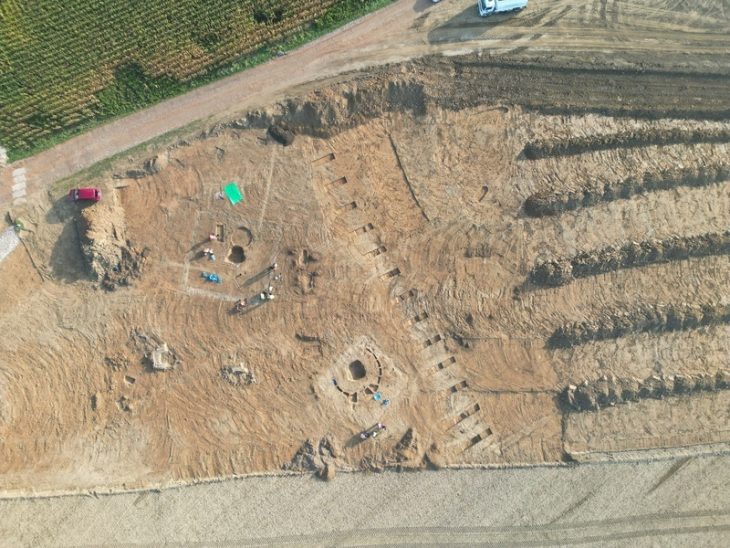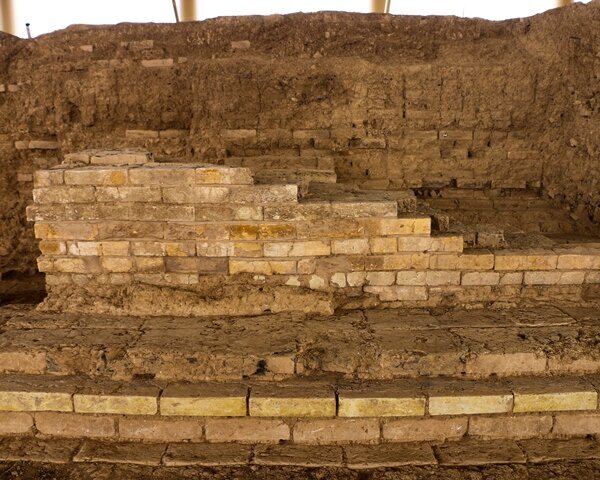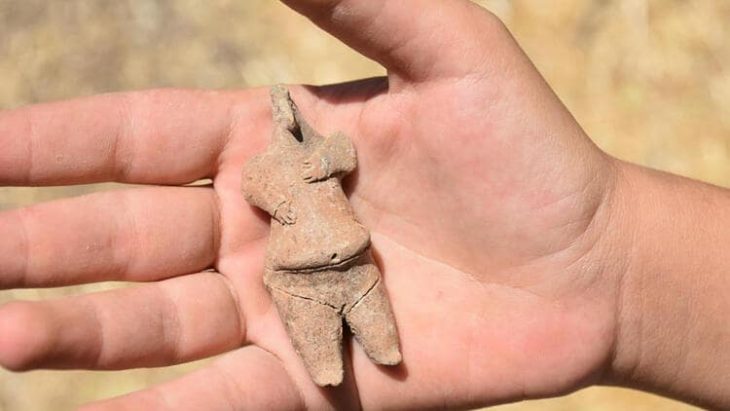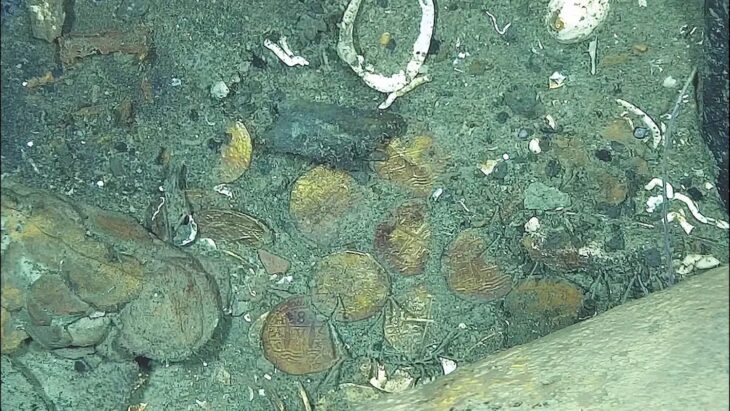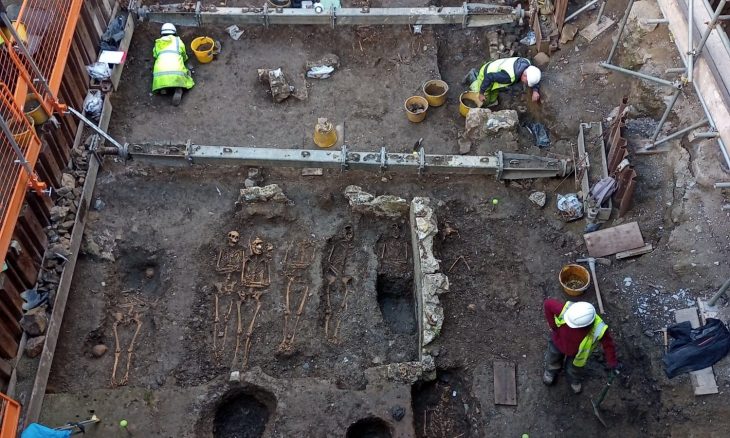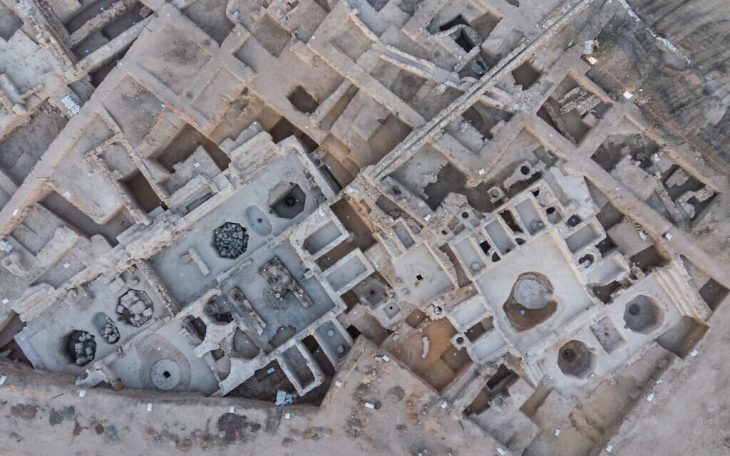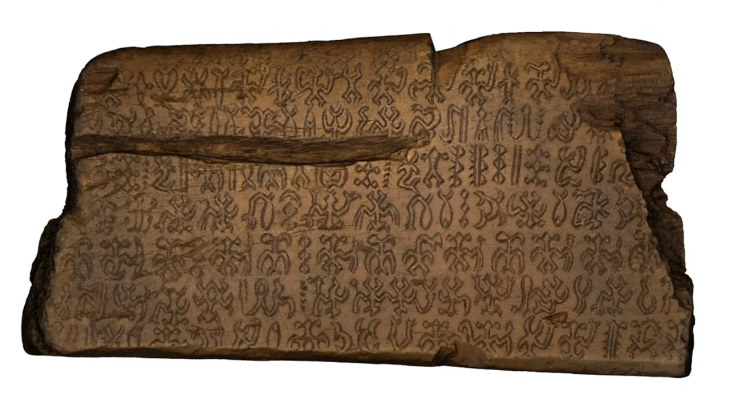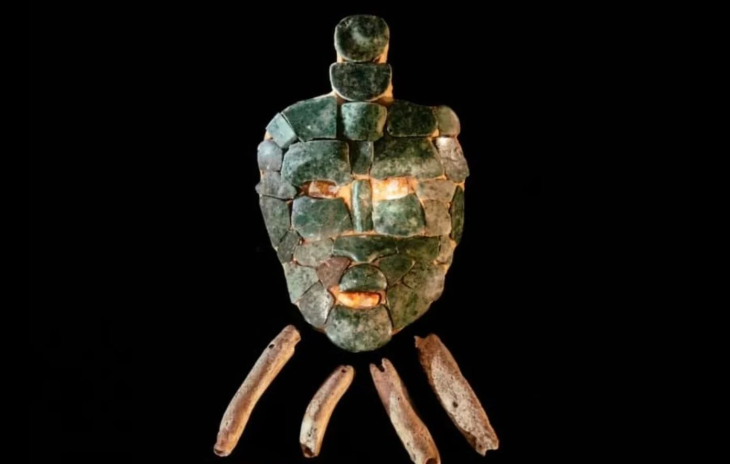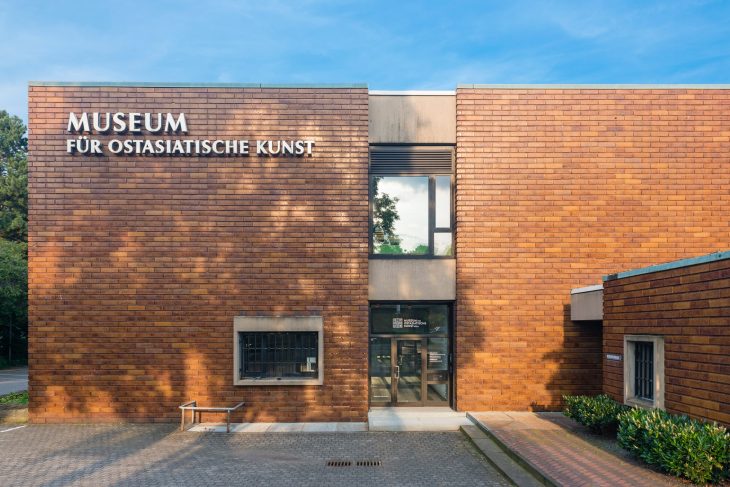The Israel Antiquities Authority discovered a private toilet from the First Temple Period on the Armon Hanatziv promenade in Jerusalem, which was part of an old royal estate that functioned at the conclusion of the Kings of Judean period (7th century BCE).
The bathroom was built in the shape of a rectangular hut, complete with a carved toilet and a deep-hewn septic tank. The limestone toilet has a hole in the center and is intended for comfortable sitting.
According to Yaakov Billig, Director of the Excavation on behalf of the Israel Antiquities Authority, “A private toilet cubicle was very rare in antiquity, and only a few were found to date, most of them in the City of David. In fact, only the rich could afford toilets. A thousand years later, the Mishnah and the Talmud raised various criteria that defined a rich person, and Rabbi Yossi suggested that to be rich is “to have the toilet next to his table.”
“It is fascinating to see how something that is obvious to us today, such as toilets, was a luxury item during the reign of the kings of Judah,” said Eli Eskosido, director of the Israel Antiquities Authority.

According to the antiquities authorities, animal bones and pottery discovered in the septic tank might offer insight into the lifestyle and nutrition of people living at the time, as well as old illnesses.
📣 Our WhatsApp channel is now LIVE! Stay up-to-date with the latest news and updates, just click here to follow us on WhatsApp and never miss a thing!!
Archeologists working at the excavation site have discovered stone capitals that formerly stood atop columns, as well as tiny architectural columns that once acted as window railings.
Evidence of a garden with fruit trees and other flora that previously stood beside the toilet cubicle has also been unearthed, —more evidence that those living there were quite wealthy.

